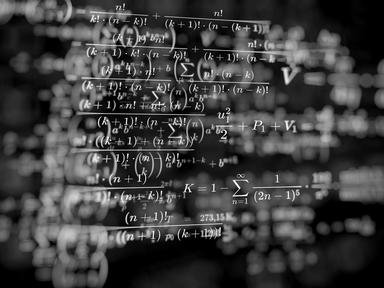The number 42 holds a unique place in mathematics, specifically in the field of number theory, due to its interesting properties.
First, the number 42 ends with 2, making it divisible by 2 and therefore an
number. Its
factorization is 2 × 3 × 7, making it a
number.
Remarkably, 42 is a
number as it equals the product of two consecutive integers, namely 6 × 7. It is also a
number or panarithmic number, because every positive integer smaller than 42 can be expressed as sum of its divisors: 1, 2, 3, 6, 7, 14, and 21. Additionally, 42 is an
number, also known as excessive number, because the sum of its proper divisors is greater than the number itself, as evident in the inequality 1 + 2 + 3 + 6 + 7 + 14 + 21 = 54 > 42.
Furthermore, 42 is a
number - a term coined by Indian mathematician D. R. Kaprekar, as it is divisible by the sum of its digits - note that 4 + 2 = 6, and 42 ÷ 6 = 7. Not to be confused with the name of a Romance language, the number 42 is a
number, that appears in various combinatorial contexts, such as lattice paths, binary trees, and counting problems.
Beyond these properties, 42 is classified as a primary
number. This means that the sum of the reciprocals of its prime divisors and the number itself, equals 1, as in 1/2 + 1/3 + 1/7 + 1/42 = 1. Its
representation, 101010, is visually aesthetic, characterized by alternating bits.
